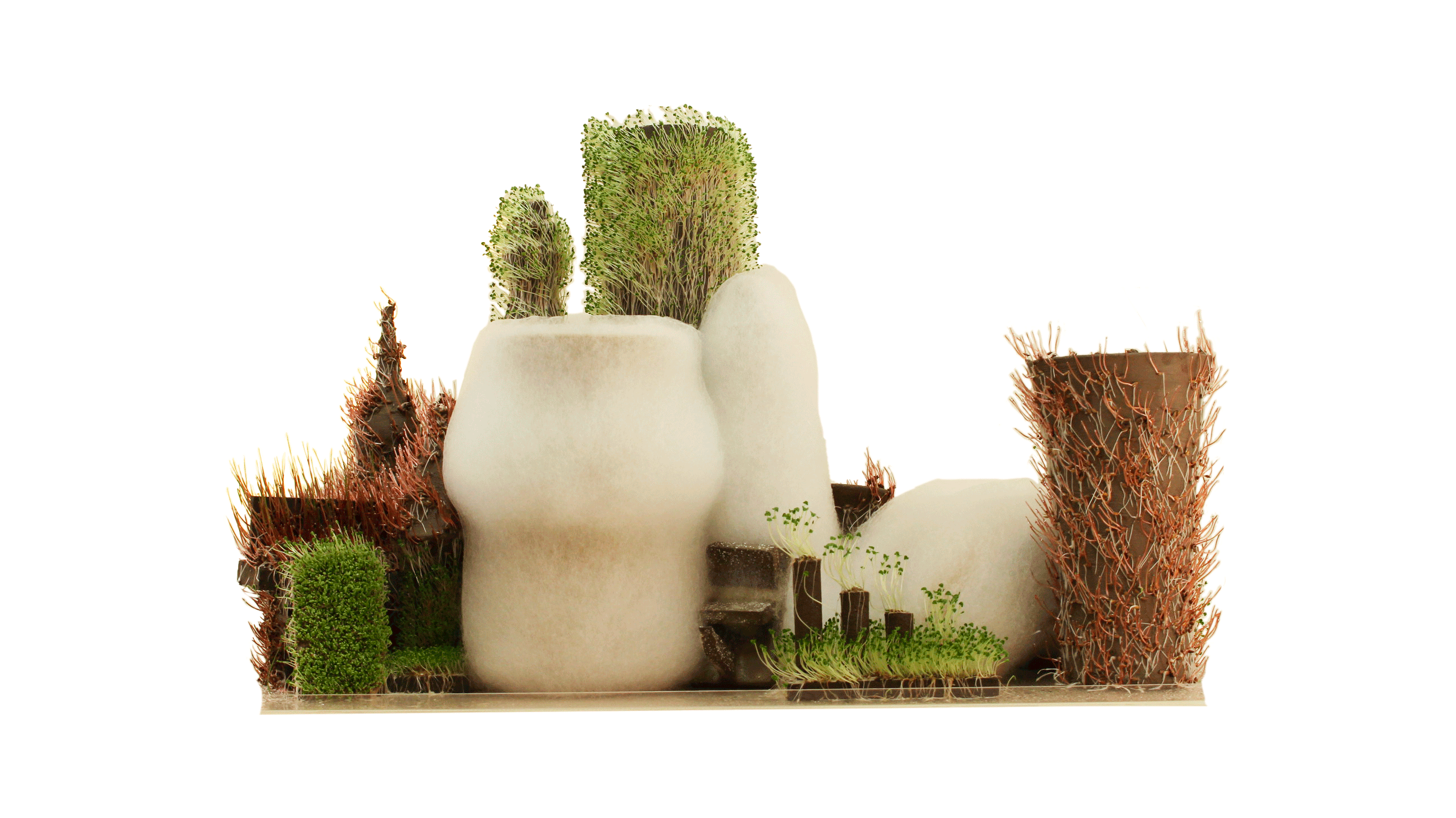Vida y Muerte
En este segundo acercamiento el estudio reflexiona y merodea por la idea
de ¿Dónde comienza la vida para un objeto? y ¿Qué hay después de la muerte en el proceso cerámico?
Para nosotros como hacedores es común vivir el proceso
y sentir una especie de final o muerte del mismo para que un producto
nazca… es por eso que con esta exploración nos preguntamos:
¿Será posible mantener vivo el proceso? ¿El proceso puede vivir en el producto ya creado?
-----------------------------------------
In this second approach the studio haunts and reflects around the idea
of, Where does life begins for an object? and What is there after death in the
ceramic process?
For us as makers it is common to live the process and feel a kind of end or death of it so that a product is born... that is why with this exploration we ask ourselves:
Will it be possible to keep the process alive? Can the process live in a product already created?















¿Es posible contribuir en algo en este punto a la industria de la cerámica?
En lugar de solo modificar las recetas, ¿podemos presentar nuevos agentes a las mezclas?
¿Qué podemos hacer de los accidentes en el proceso de cerámica?
¿Son un error los accidentes en las recetas?
¿Los errores dejan trazos?
¿Qué pasa si en lugar de seguir los rastros, los provocamos ...?
En este segundo enfoque, el estudio refleja y deambula por la idea de dónde comienza la vida en el proceso. ¿qué sucede después de la muerte en el proceso de cerámica? Para nosotros, como creadores, es común vivir el proceso de hacer y sentir una especie de muerte, cuando nace un producto ... ¿será posible mantener vivo el proceso? ¿Puede el proceso vivir en el producto creado?
Este ejercicio se refleja en los momentos que comparten el objeto y el creador, donde en primera instancia parece que para que un producto se clasifique como "listo", todas las huellas del proceso y del creador deben borrarse. El objeto comienza solo cuando la pieza se compra, y no, cuando fue concebida o pensada la idea de hacerla, profundizaremos en la posibilidad de que vivir, es el proceso que puede marcarse en cada pieza ... y cada proceso es único.
El material utilizado es arcilla local de Tonalá, brotes naturales como semillas de germinado; que se agregaron en diferentes etapas y momentos de la creación de los objetos, con la característica común de necesitar ser atendida diariamente por el usuario. Para esto, los objetos necesitan riego diario y cuidado para mantener la humedad y, por lo tanto, poder vivir.
La arcilla es un material que por sus propios registros característicos tiene la propiedad de recordar y evidenciar la coexistencia o tratamiento que experimento cuando se procesa, se produce y se quema.
El paso del tiempo y la relación entre objetos y sujetos dotan a ambas partes con historias, gestos, rastros y acciones que enriquecen su futuro, formando el enlace que conectará su origen con su posible destino.




Is it possible to contribute something at this point to the ceramic industry?
Instead of just modifying recipes, can we introduce new agents to mixtures?
Can we make accidents the ceramic process?
Are accidents in recipes a mistake?
Do the mistakes leave traces?
What if instead of following the traces we provoke them…?
In this second approach, the studio reflects and wanders around the idea of Where does life in the process begins? And what happens after death in the ceramic process? For us as makers, it is common to live the process and feel a kind of death, so that a product is born… Will it be possible to keep the process alive? Can the process live in the created product?
This exercise reflects on the moments that the object and the creator share, where in the first instance it seems that for a product to be classified as "ready", all the traces of the process and the creator have to be erased, and the story of every object begins only when the piece is bought and owned, and not since it was conceived or first thought of, we will delve into the possibility that living the process could be marked in every piece… and each process is unique.
The material used is local clay from Tonalá, natural sprouts and yeast; which were added at different stages and moments of the creation of the objects, with the common characteristic of needing to be taken care of daily by the user. For this, the objects need daily watering and care to maintain humidity and thus be able to live.
Clay is a material that by its own characteristic registers, by this, we mean that it has the property of remembering and evidencing the coexistence or treatment that it experiences when it is processed, produced and fired.
The passage of time and the relationship between objects and subjects endow both parties with stories, gestures, traces and actions that enrich their future, forming the link that will connect their origin with their possible destiny.



